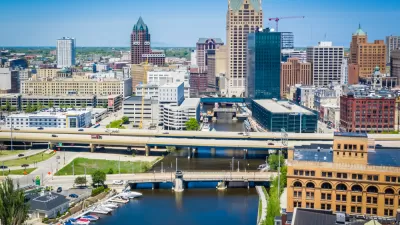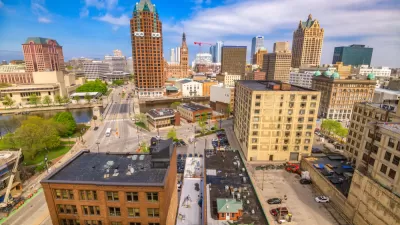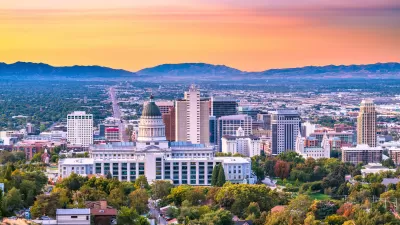The Arizona Republic spent the week fêting the "rebirth" of Downtown Phoenix, covering the evolution of the urban core of this sprawling metropolis from several angles.

"More construction cranes now dot downtown Phoenix's skyline than ever," according to an article by Catherine Regor, Jessica Boehm, and Rachel Leingang. "The area's population is surging to record levels, as is the number of employers bringing new jobs to the core of the nation's fifth-largest city."
According to the article, the Downtown Phoenix of 2018 would be unrecognizable compared to the Downtown Phoenix of 1988, just 30 years go.
"The area's comeback started when the Phoenix Suns and the Arizona Diamondbacks made downtown Phoenix their home. Then Valley leaders and voters decided to back bonds that created a bigger convention center, a major hotel and a partnership for Arizona State University to grow rapidly in the area," according to the article.
A second article, by Jessica Boehm and Rachel Leingang, digs into more specificity about how Downtown Phoenix achieved this transformation—namely through tax payer funded initiatives. "Phoenix has pumped more than $3 billion of taxpayer money into the revitalization of downtown over the past 30 years," according to the article. "The sports arenas that bring people to the city center, the transit system that connects downtown to the East Valley, the university campus that serves about 12,000 students and even some of the office buildings and apartment complexes are all due to significant public investment."
Finally, a third article takes a look forward with the latest example of catalytic project lining up to join the downtown scene. Specifically, Arizona State University is planning to expand into Downtown Phoenix with a dorm, lab space, and a central cooling plant. "ASU now has about 12,000 students in downtown Phoenix. The school probably needs two more dorms and another classroom building to accommodate growth," according to school officials cited in the article, written by Rachel Leingang.
FULL STORY: Downtown Phoenix's rebirth has been decades in the making. Here's how they did it

Maui's Vacation Rental Debate Turns Ugly
Verbal attacks, misinformation campaigns and fistfights plague a high-stakes debate to convert thousands of vacation rentals into long-term housing.

Planetizen Federal Action Tracker
A weekly monitor of how Trump’s orders and actions are impacting planners and planning in America.

In Urban Planning, AI Prompting Could be the New Design Thinking
Creativity has long been key to great urban design. What if we see AI as our new creative partner?

Florida Seniors Face Rising Homelessness Risk
High housing costs are pushing more seniors, many of them on a fixed income, into homelessness.

Massachusetts Budget Helps Close MBTA Budget Gap
The budget signed by Gov. Maura Healey includes $470 million in MBTA funding for the next fiscal year.

Milwaukee Launches Vision Zero Plan
Seven years after the city signed its Complete Streets Policy, the city is doubling down on its efforts to eliminate traffic deaths.
Urban Design for Planners 1: Software Tools
This six-course series explores essential urban design concepts using open source software and equips planners with the tools they need to participate fully in the urban design process.
Planning for Universal Design
Learn the tools for implementing Universal Design in planning regulations.
Gallatin County Department of Planning & Community Development
Heyer Gruel & Associates PA
JM Goldson LLC
City of Camden Redevelopment Agency
City of Astoria
Transportation Research & Education Center (TREC) at Portland State University
Jefferson Parish Government
Camden Redevelopment Agency
City of Claremont





























